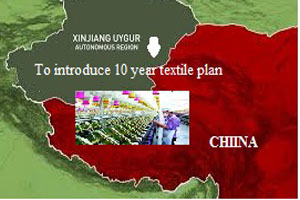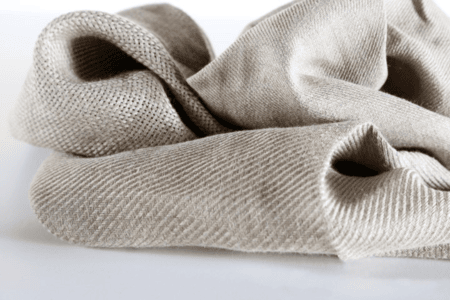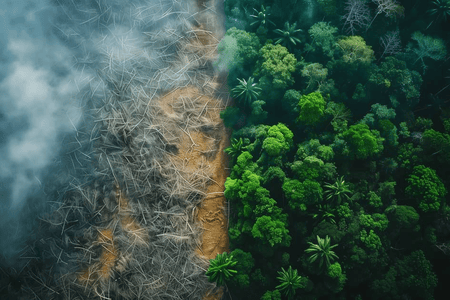
Xinjiang to introduce 10 year textile plan
YarnsandFibers News Bureau 2017-09-11 10:00:00 – IslamabadChina in its Xinjiang Uygur Autonomous Region — which is also sometimes called East Turkestan is planning to introduce 10 year textile development plan which is likely to create stiff competition to the Pakistani textile sector unlike the China Pakistan Economic Corridor (CPEC) will open new doors of development in Pakistan.
According to the ten-year plan, by 2023, Xinjiang will build China’s largest cotton textile production base and the largest garment export processing base. By 2023, Xinjiang will become the largest cotton textile industry base of China and the most important clothing export base in Western China.
In addition to funding the textile industrial parks and clothing factories, Xinjiang will subsidise local cotton and electricity in qualified industrial parks.
The huge investment on textile park at bordering region of China are posing serious threats to the Pakistan textile industry which is already struggling hard to compete with the international challenges and other major forces in the industry.
According to an official source at Textile Division, Pakistan has never analysed the challenges to its own industries and manufacturing sector after execution of CPEC. No safeguarding measures have taken in the bilateral agreements of CPEC to save the textile sector which contributes 60 percent to overall exports of the country.
Already 35 percent textile units have already shut down for various reasons, including the higher cost of doing business, becoming uncompetitive in international market etc. The exporters of the country may become traders after the massive investment by China in textile processing, from cotton to ginning, spinning, fabric, processing, made-ups and garments.
At least 140 textile mills have so far been shut down during the past four years of this government. The machinery worth Rs 10 million in the spinning sector is being sold out at Rs 50000 in scrap, said Mian Zafar Iqbal, who is associated with the business of textile spinning and is an executive member of FPCCI.
On the contrary, latest machinery was being imported by Chinese investors to install at Textile Park in Xinjiang. Despite their repeated appeal made to the higher authorities in government no safeguarding measures have taken to save the textile sector which contributes nearly one-fourth of industrial value-added, provides employment to about 40pc of the industrial labour force, and consumes more than 40pc of banking credit to the manufacturing sector and accounts for 8pc of GDP. Despite being the 4th largest producer and 3rd largest consumer of cotton globally, Pakistan is feared to become a major supplier of raw material instead of value added products after the CPED related developments, Mian Zafar Iqbal said.
The anticipated glut of textile and garment from the Xinjiang textile park in the export as well as domestic markets of Pakistan poses a serious threat to Pakistan’s textile sector already struggling to remain afloat. Setting up of the textile park at Xinjiang will give a heavy blow to Pakistani textile exports, he added.
According to sources, with the consideration of CPEC, China has placed it primary focus on the Xinjiang province, bordering Pakistan. The province accounts for 60 percent of China’s seven million tons of cotton production. Previously underdeveloped, the province is now witnessing speedy industrialisation and on a very large scale. The main focus of this development is to formulate a major textile hub.
Market Intelligence
Ask for free sample Report

experience
Customer Base
dedicated team
Countries Served Worldwide









